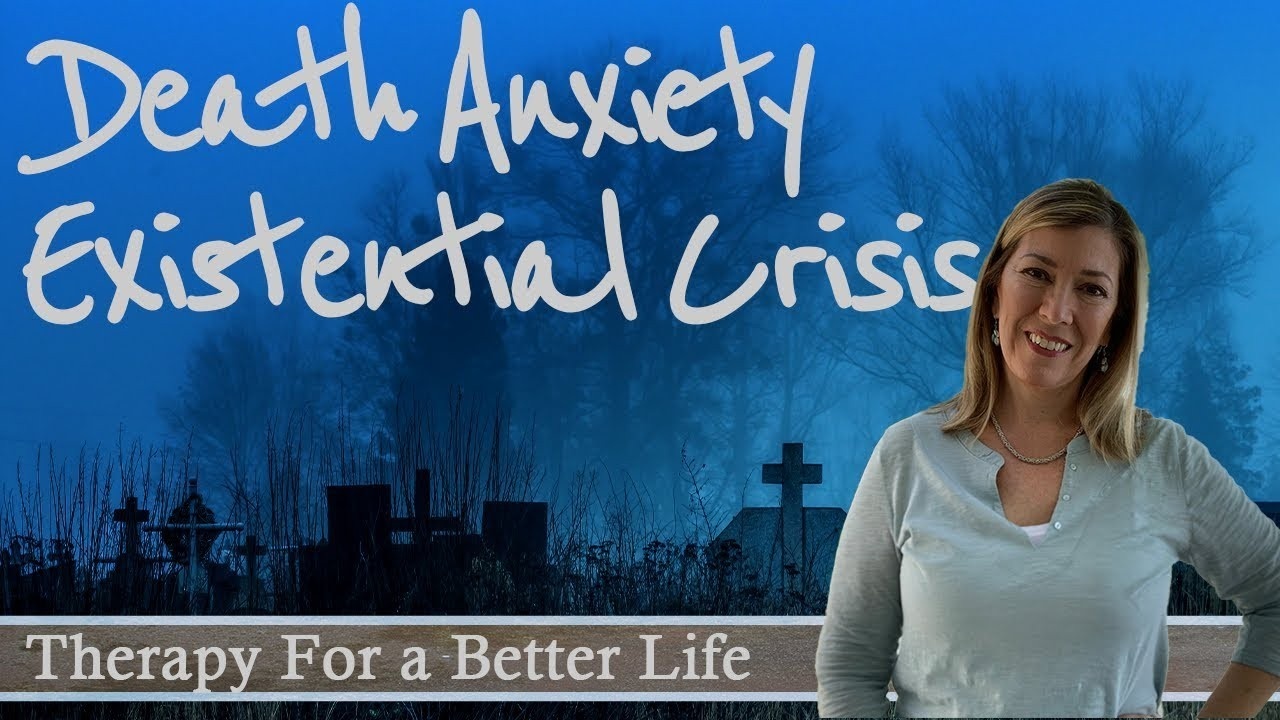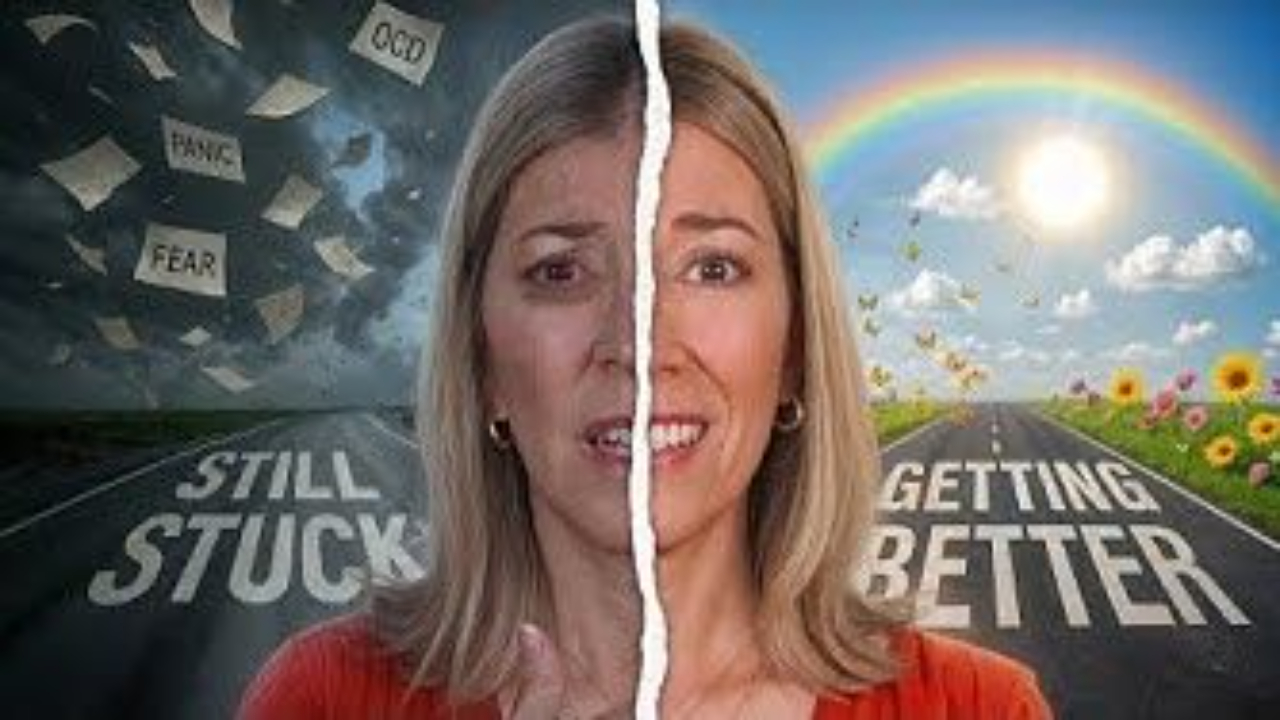
Death Anxiety: An Existential Crisis - Learn to Love Your Life
Death is an inevitable part of life, and the fear of death is something that most humans grapple with at some point in their lives. It's a natural instinct, but for some, it can escalate into extreme death anxiety. In this blog post, we'll delve into the fascinating world of death anxiety, its peaks and valleys across the lifespan, and explore how therapy can help individuals overcome this fear and lead more fulfilling lives.
Understanding Death Anxiety Across the Lifespan:
Research indicates that death anxiety is a universal human experience. While it may manifest differently from person to person, there are distinct patterns across the lifespan. One notable finding is that the height of death anxiety often occurs in our mid-20s, as we confront the uncertainties of adulthood. Additionally, there's another peak in death anxiety during middle-age when many individuals are coping with the loss of a parent. Surprisingly, as people approach the end of their lives, death anxiety tends to diminish significantly. This phenomenon suggests that acceptance of mortality is possible, and it raises intriguing questions about the relationship between life satisfaction and death anxiety.
The Link Between Life Satisfaction and Death Anxiety:
John Hinton's research underscores an essential connection: life satisfaction is directly related to the level of death anxiety. The less satisfied one is with their life, the greater their fear of death. This idea aligns with the insights of experts like Irving Yalom, who emphasized that a sense of fulfillment and a life well-lived can mitigate the terror of death.
Friedrich Nietzsche's words, "What has become perfect all that is ripe wants to die," further emphasize the importance of living fully. For those with death anxiety, life often becomes fear-driven and constricted as they attempt to avoid pain and stay safe, ultimately leading to a lack of growth and fulfillment.

Nothing is worse than feeling unsafe in your body, like you are a victim of your fear and not in control. You have come to the right place. Learn how to take back your freedom from high anxiety, bodily sensations and panic.
Therapeutic Approaches to Overcoming Death Anxiety:
Therapy offers a vital path to help individuals confront and conquer their death anxiety. Here are four key elements therapists use to guide their clients:
-
Anxiety Treatment: The first step is addressing the anxiety itself. Therapists work with clients to break through avoidance behaviors and confront the root causes of their fear.
-
Increasing Life Satisfaction: Therapy seeks to broaden clients' perspectives on life, encouraging them to experiment with values and seek fulfillment and enjoyment. The goal is to shift focus from fear to living life to the fullest.
-
Finding Meaning: Seeking meaning is an integral part of therapy. Encouraging clients to explore literature, such as Viktor Frankl's "Man's Search for Meaning," can help them discover a deeper sense of purpose in life.
-
Dissecting Fear: By discussing death openly and honestly, therapists help clients confront their beliefs and fears about the dying process, what comes after death, and even the concept of an afterlife. This process desensitizes the fear of death and fosters comfort in acknowledging its inevitability.
Death anxiety is a universal human experience, but it doesn't have to dominate our lives. Therapy provides a valuable toolkit for individuals to confront their fear, increase life satisfaction, find meaning, and ultimately live a more fulfilling life. Embracing the inevitable can lead to a sense of peace and contentment, allowing individuals to focus on living well rather than fearing the end. Remember, as Nietzsche aptly said, "What is further, higher, and brighter" awaits those who dare to explore life beyond their fears. The illumination of life's beauty and purpose becomes a beacon that outshines the shadows of fear, guiding us towards a journey of acceptance and profound self-discovery.
Let's Keep in Touch
Subscribe to My Newsletter
We hate SPAM. We will never sell your information, for any reason.







